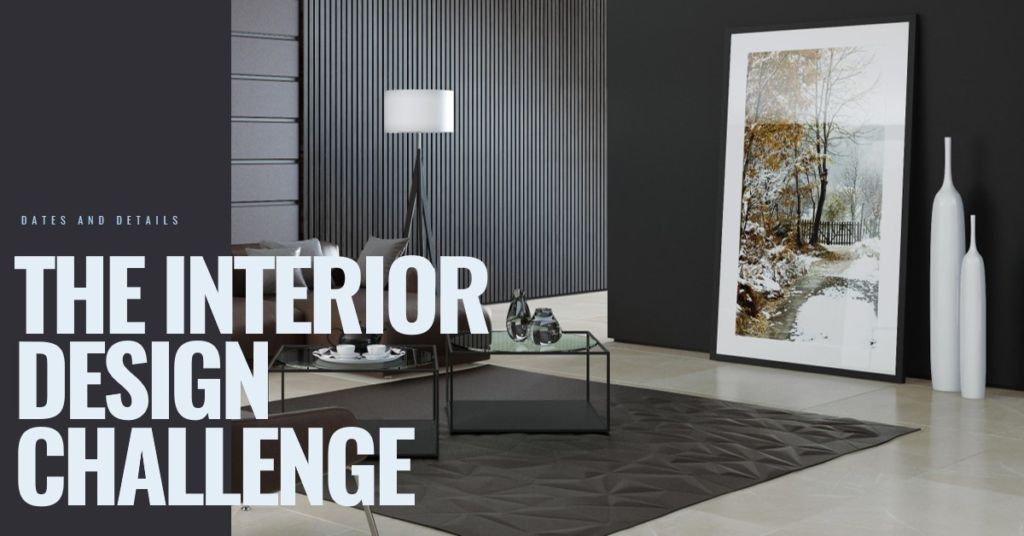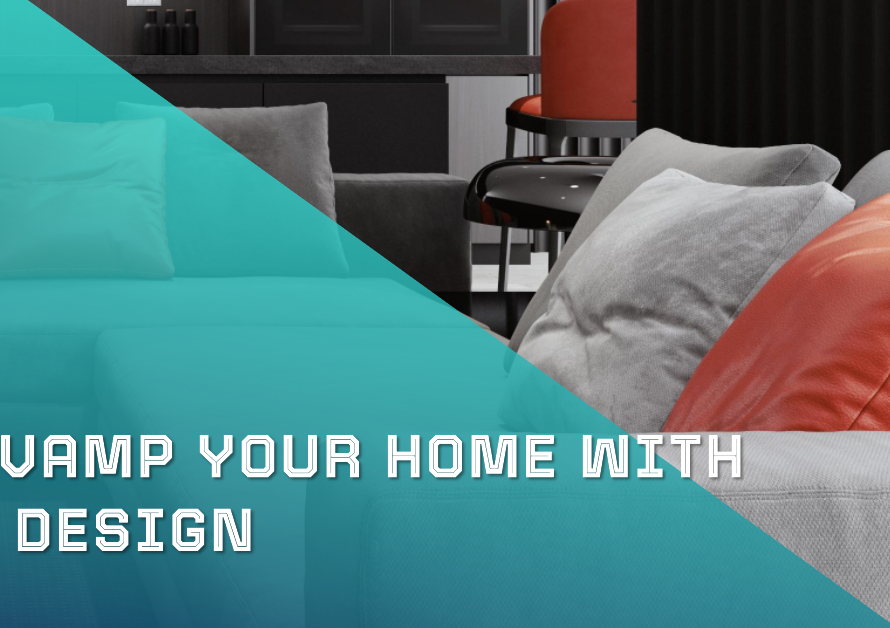
Table of Contents
- Introduction:
- Understanding the Basics of Exterior Design:
- Harmonizing Architecture and Landscape:
- The Importance of Color and Texture:
- Lighting: Enhancing Ambiance and Security
- Crafting Functional Outdoor Spaces:
- Sustainability in Exterior Design:
- The Role of Focal Points:
- Balancing Form and Function:
- Personalizing the Design:
- Conclusion: The Journey to Mastery
Introduction:
The art of exterior design is more than merely creating a visually appealing facade for a building; it’s about crafting an inviting and harmonious space that reflects both function and style. Whether you’re a homeowner, architect, or designer, developing a clear and effective vision for exterior design can transform spaces and create lasting impressions. In this comprehensive guide, we’ll explore the critical elements and principles necessary to master the art of exterior design vision.
Understanding the Basics of Exterior Design:
Exterior design encompasses the architectural elements, landscaping, and overall aesthetic appeal of a property. It’s essential to start with a solid understanding of these basics. This foundation includes knowledge of different architectural styles, materials, color schemes, and landscaping techniques.
When beginning an exterior design project, consider the architectural style of the building. Traditional, modern, rustic, and contemporary styles each have unique characteristics that influence the choice of materials and colors. Understanding these distinctions helps in making informed decisions that align with the desired look and feel of the property.
Harmonizing Architecture and Landscape:
A successful exterior design seamlessly integrates the architecture of the building with its surrounding landscape. This harmony enhances the overall aesthetic and creates a cohesive look that is pleasing to the eye.
To achieve this, consider the natural features of the landscape, such as existing trees, slopes, and water features. Incorporate these elements into the design rather than working against them. For instance, a modern home with clean lines can be softened with organic landscaping that uses native plants and flowing pathways.
The Importance of Color and Texture:
Color and texture play a crucial role in exterior design. They can influence the perception of space, highlight architectural features, and create mood and atmosphere. Selecting the right color palette and textures can make a significant difference in the overall impact of the design.
When choosing colors, consider the surroundings, the style of the building, and the preferences of the inhabitants. Neutral tones often provide a timeless appeal, while bold colors can make a statement. Textures, such as wood, stone, and metal, add depth and interest, breaking up monotony and creating a more dynamic visual experience.
Lighting: Enhancing Ambiance and Security
Lighting is an often-overlooked aspect of exterior design that can dramatically enhance both ambiance and security. Proper lighting highlights architectural features, creates inviting spaces, and ensures safety.
Incorporate a variety of lighting types, including ambient, task, and accent lighting. Pathway lights, for instance, not only guide visitors but also add a charming glow. Uplighting trees and architectural elements create dramatic effects, while motion-sensor lights enhance security.
Crafting Functional Outdoor Spaces:
Creating functional outdoor spaces is a critical component of exterior design. These spaces extend the living area of a home and provide places for relaxation, entertainment, and recreation.
Start by assessing the needs and lifestyle of the inhabitants. Design spaces that cater to these needs, such as outdoor kitchens, dining areas, fire pits, and seating arrangements. Ensure these spaces are easily accessible and flow seamlessly from the interior of the home.
Sustainability in Exterior Design:
Sustainability is increasingly important in exterior design. Incorporating eco-friendly practices not only benefits the environment but also enhances the value and appeal of the property.
Use sustainable materials, such as reclaimed wood, recycled metal, and eco-friendly paints. Implement water-saving landscaping techniques, such as xeriscaping and the use of native plants. Additionally, consider installing solar panels and rainwater harvesting systems to reduce the environmental footprint.


The Role of Focal Points:
Focal points are essential in guiding the viewer’s eye and creating interest in exterior design. They can be architectural features, landscaping elements, or decorative pieces that draw attention and add character.
Identify key areas that can serve as focal points, such as the front entrance, a prominent window, or a unique landscape feature. Enhance these areas with thoughtful design elements, such as contrasting colors, textures, or lighting. Focal points not only beautify but also provide a sense of balance and harmony.
Balancing Form and Function:
Balancing form and function is crucial in exterior design. While aesthetics are important, the design must also meet practical needs and withstand the elements.
Choose materials and design elements that are both beautiful and durable. For example, opt for weather-resistant finishes and materials that require minimal maintenance. Ensure that pathways, driveways, and outdoor structures are not only attractive but also functional and safe.
Personalizing the Design:
Finally, personalization is key to making an exterior design truly unique and reflective of the inhabitants’ personalities and preferences. Incorporating personal touches can transform a standard design into a bespoke and inviting space.
Consider adding custom features, such as personalized gates, unique mailbox designs, or bespoke garden sculptures. Reflect the interests and tastes of the inhabitants through color choices, plant selections, and outdoor decor. Personalization makes the space feel like a true extension of the home and its occupants.
Conclusion: The Journey to Mastery
Mastering the art of exterior design vision is a journey that combines creativity, knowledge, and practical skills. By understanding the basics, harmonizing architecture and landscape, carefully selecting colors and textures, and considering lighting, functionality, sustainability, focal points, and personalization, one can create stunning and functional outdoor spaces.
Whether you’re designing your own home or working on a client’s project, these principles serve as a guide to achieving a balanced and aesthetically pleasing exterior design. Embrace the process, experiment with ideas, and enjoy the transformative power of thoughtful exterior design.


